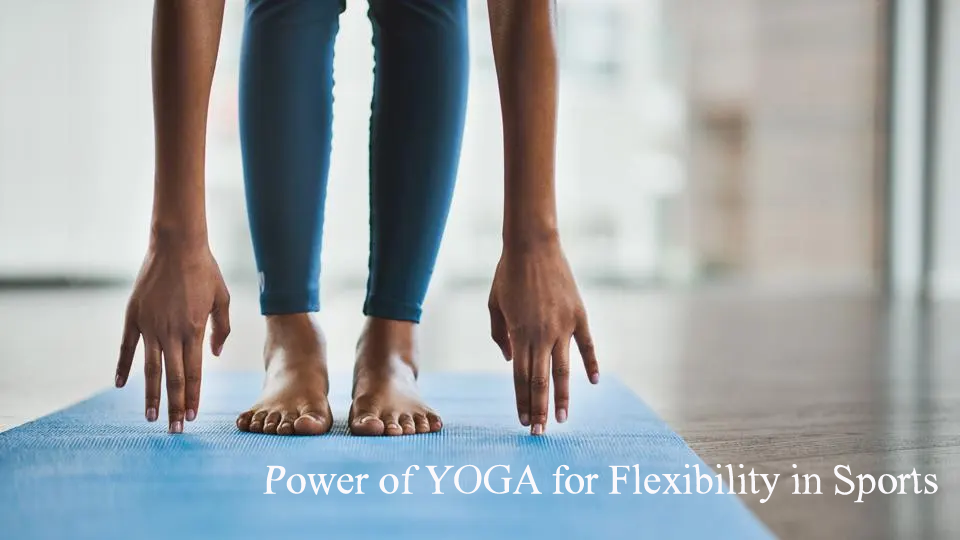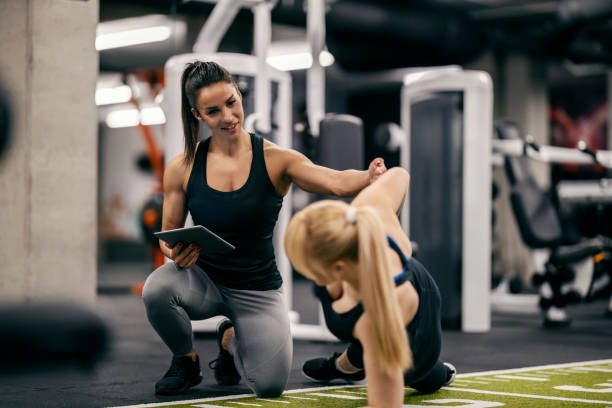Table of Contents
Introduction
Power of YOGA would be easy to characterise flexibility as both yoga’s boon and its bane. On the plus side, more flexibility is a huge asset as it supports joint health and range of motion, which help ward against sports injuries, repetitive strain injuries, and back discomfort.
But power of yoga is much more than just stretching. Indeed, those who are very flexible when they first start yoga need to be cautious not to jump right into difficult postures simply because they can. In order to counterbalance all that flexibility, they frequently need to strengthen their support muscles and ensure that they are practicing safe alignment.So let us immediately debunk that notion. Declare emphatically that not everyone who is already extremely flexible is suited for power of yoga.
Power of Yoga is ideal if you have stiff shoulders, hamstrings, calves, hips, or any other area. Being flexible is an outcome rather than a need. In yoga, the winner is not the one who touches their nose to their knees. The winner in life is the one who gradually increases their flexibility in a safe manner with the power of yoga.
REASONS WHY Adaptability Is Critical
A vital element of physical fitness is flexibility. Most individuals prioritise strength and cardio exercise, but they frequently overlook flexibility until they have pain or an accident. When they occur, the usual course of therapy is stretching out tense muscles that are restricting range of motion and placing pressure on joints and other weak points.
It’s also important to discuss the psychological advantages of becoming more flexible. Stretching helps you become more flexible and it also feels wonderful. Stretching releases tension, which reduces stress. The mind travels where the body goes. You release mental strain when you release physical tension. That’s one of the reasons yoga works so effectively for lowering stress, curing sleeplessness, and boosting wellbeing.
Power of YOGA: HOW DOES IT ADVANCE FLEXIBILITY?

The emphasis on proper technique, as well as the length and diversity of stretches that target both major muscle groups and deep-seated stealth muscles you might not even be aware you have (such the psoas and piriformis), set yoga apart from “just” stretching. Three ‘A’s sum up the yoga difference: alignment, attention, and awareness.
The exact method used in each position to enhance its advantages and reduce the chance of harm is called alignment. This might entail supporting constricted sections as they start to open up with props. By using alignment-focused practice, you can make sure that you’re not sacrificing one body part to concentrate on another.
Paying attention entails experiencing every stance to the fullest opposed than zoning out or merely performing the poses. This fosters the body awareness required to discern between pain, which is your body’s warning to back off, and any discomfort that could result from utilising your body in a new way. You are the only one in your body, thus only you can decide.
Being aware implies that during your practice, you maintain whole attention on the here and now. Practicing yoga poses physically is often sufficient to keep us grounded in the present moment. We also learn to repeatedly return to the body in the present moment via the practice of breathing.
How implementing yoga may be a successful strategy
Some claim that the Seattle Seahawks’ trip to the Super Bowl a while back was made possible by required yoga training.It’s unclear if their competitive advantage stemmed from practicing Cobra and Locust Poses, however scientific research indicates that yoga offers several advantages to athletes in terms of performance, such as:
Balance, Coordination, and Flexibility!
A strong sense of balance and flexibility is necessary for many sports, including basketball, martial arts, and wrestling.
There’s more good news: a tiny 2016 research examined the impact of yoga on the performance of 26 male collegiate athletes. In comparison to individuals who didn’t practise yoga twice a week, those who did reported “significant” gains in their flexibility and balance.
Blood flow and temperature control
Is there any reason not to make your yoga practice steamy?
Researchers looked at the impact of hot yoga as an alternate heat stress treatment for ten hockey players in a modest 2018 study.They discovered that hot yoga enhanced plasma volume %, which aids in temperature regulation as you exercise, and cardiovascular function.
Conclusion
Athletes can benefit from Power of yoga in many ways, including increased performance, flexibility, balance, coordination, and focus. Warm yoga may also help with temperature management and cardiovascular health.Yoga is a very individualised kind of exercise, so try a few different poses and see what suits you the best. If you’re unsure about where to begin, think about enrolling in an introductory yoga class or getting in touch with a fellow power of yoga athlete who practice regularly.













